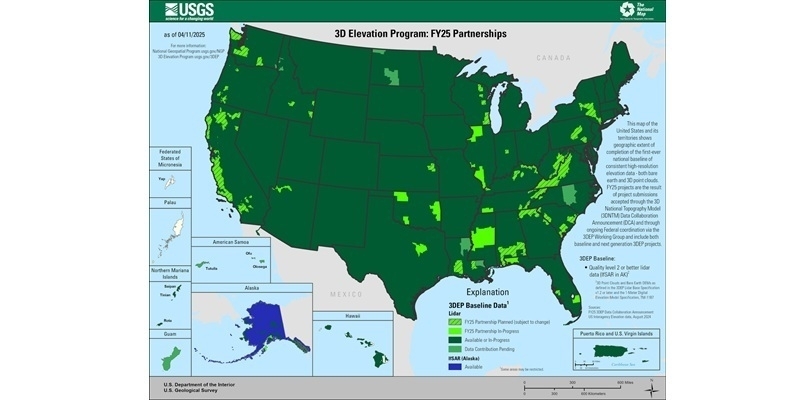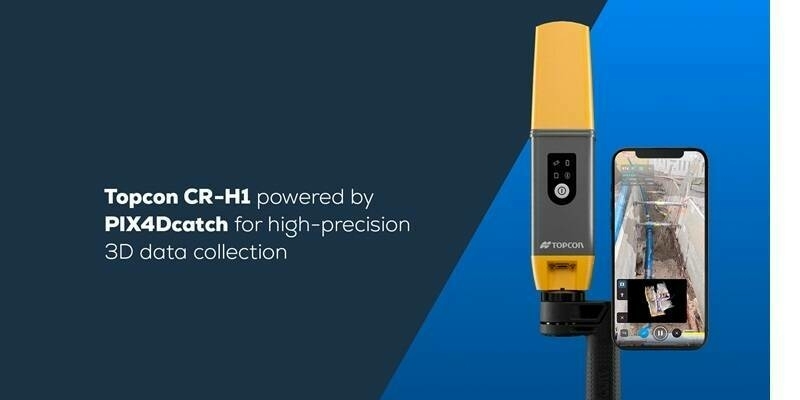Why is quantifying accuracy so difficult?
First, let's look at the hardware. Many different components make up a fully integrated LiDAR system, and each has its own accuracy value, which is either expressed as a distance or as an angle. The LiDAR sensor has a range error; the GNSS has a horizontal and vertical position error; the INS has an angular roll, pitch and heading error; the INS offsets to the GNSS antennae has a 3D offset error. The position error caused by the INS (which has an angular error) will increase with the distance from the sensor. With all these errors to consider, achieving accuracy is complex and time-consuming to quantify.
High accuracy requires high-quality components such as the internal laser diodes, microchips, as well as complex software algorithms and high manufacturing standards. And high quality is expensive. The quality is ultimately reflected in the end user price of the integrated LiDAR system.
At Routescene, we recognise the equilibrium that must be achieved between accuracy and cost. We've applied smart thinking to work out where the most cost-effective accuracy gains could be made to develop the hardware of the UAV LiDAR system.
Determining accuracy for each survey
From our own field experience, we've engineered a solution. We have developed a rigorous Quality Assurance methodology to quantify the accuracy of every UAV LiDAR survey. Using these Quality Assurance tools, procedures and reports, built into the Routescene integrated system, users can determine with confidence the accuracy of their survey and that it meets industry standards.
Fundamental to this methodology is a 6 step workflow which spans the entire utilisation of the solution – from survey and project planning, data acquisition, data processing to the final outputs or “actionable information”. This workflow is a set of orchestrated and repeatable procedures and processes, so every survey and subsequent data analysis is undertaken in a systematic, streamlined way; ensuring the best possible outcomes each time.
For example, as part of the standard Quality Assurance process, Routescene advocates every survey has ground control established, accurately surveying in Ground Control Points (GCP) and placing Routescene LiDAR targets on those points. Covered in a highly retro-reflective material, they are easy to identify in the resultant point cloud.
Routescene's Commercial Workshop at GEOBusiness 2019 - Tuesday 21st of May at 14:45
Gert Riemersma, CTO of Routescene, will draw from recent case studies including the Canyons of the Ancients in Colorado, USA to demonstrate how Routescene has developed this Quality Assurance methodology; how users can achieve and quantify the accuracy for each stage in a survey, from data collection to processing, to obtain the best results possible.
Subscribe to our newsletter
Stay updated on the latest technology, innovation product arrivals and exciting offers to your inbox.
Newsletter

